A Journey Through the History of the Cheongsam Dress
The cheongsam, also known as the qipao or mandarin gown, is a body-hugging one-piece dress for women, with a distinct Chinese heritage. Originating from the Manchu people, the cheongsam became a symbol of Chinese elegance and femininity in the early 20th century.

The early cheongsam was designed with a high collar and loose fit, suitable for the Manchu people’s lifestyle in the cold northern regions. As the Manchu established the Qing Dynasty, the cheongsam gradually integrated into the mainstream Chinese fashion.

With the rise of the Republic of China, the cheongsam underwent significant changes. The dress became more form-fitting, emphasizing the female figure, and the length was shortened to reveal the ankles. This modernization of the cheongsam made it a popular choice for urban women.

During the 1920s and 1930s, the cheongsam reached its peak of popularity. It became a symbol of sophistication and was worn by women of all social classes. The dress featured various styles, such as the use of slits, different collar types, and intricate embroidery.

The cheongsam’s influence extended beyond China, becoming a fashion icon in the Western world. Hollywood stars and socialites alike embraced the cheongsam, showcasing its unique charm and allure.

Today, the cheongsam remains a beloved part of Chinese culture and fashion. It is often worn during special occasions, such as weddings and cultural events, symbolizing elegance and tradition.


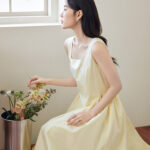
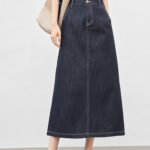
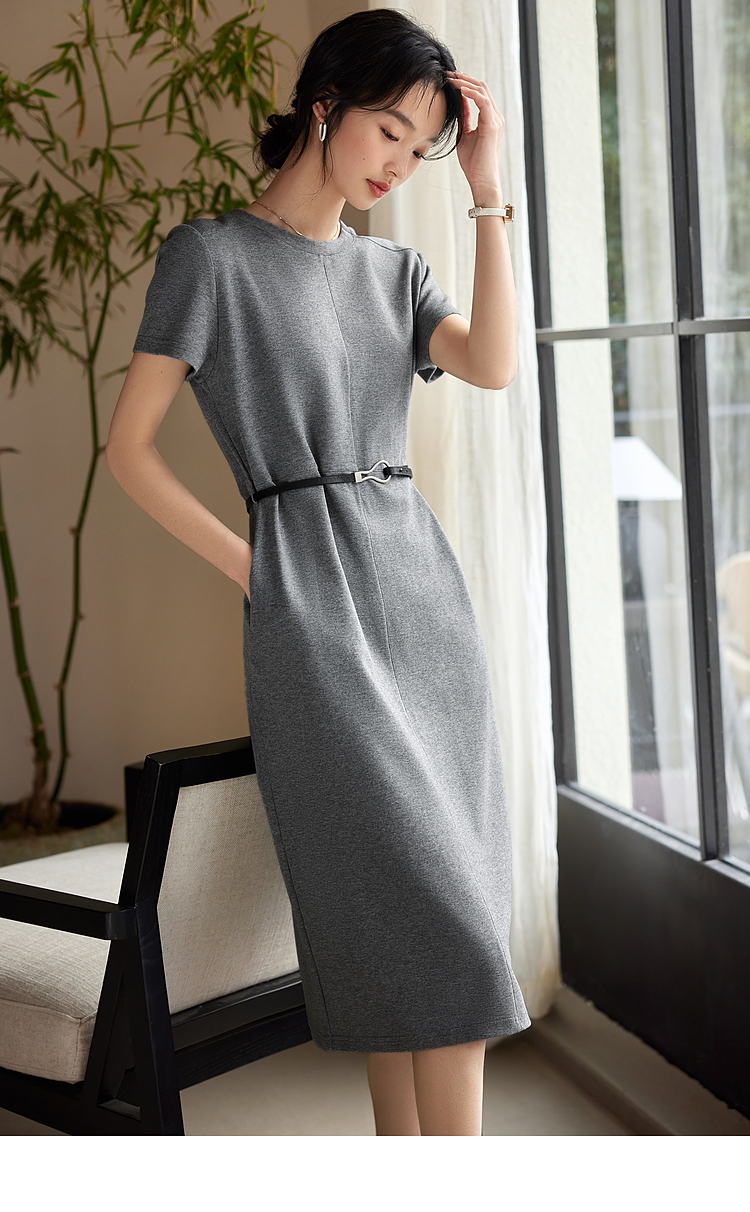
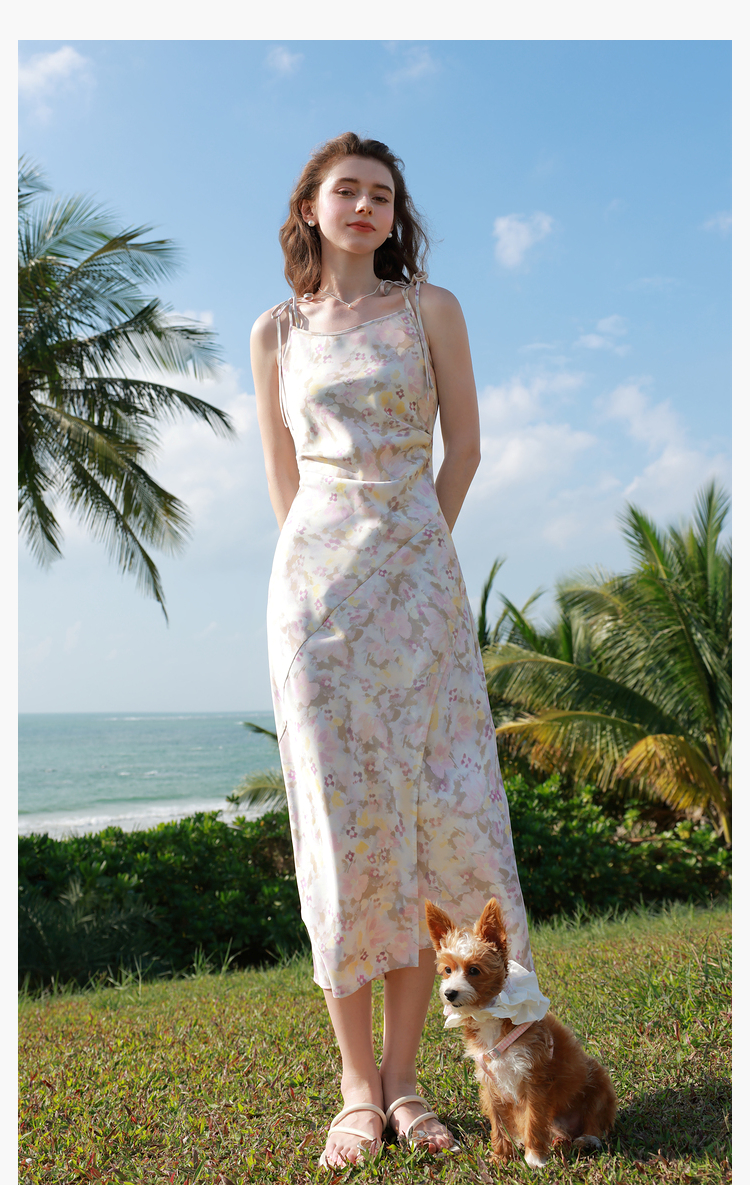
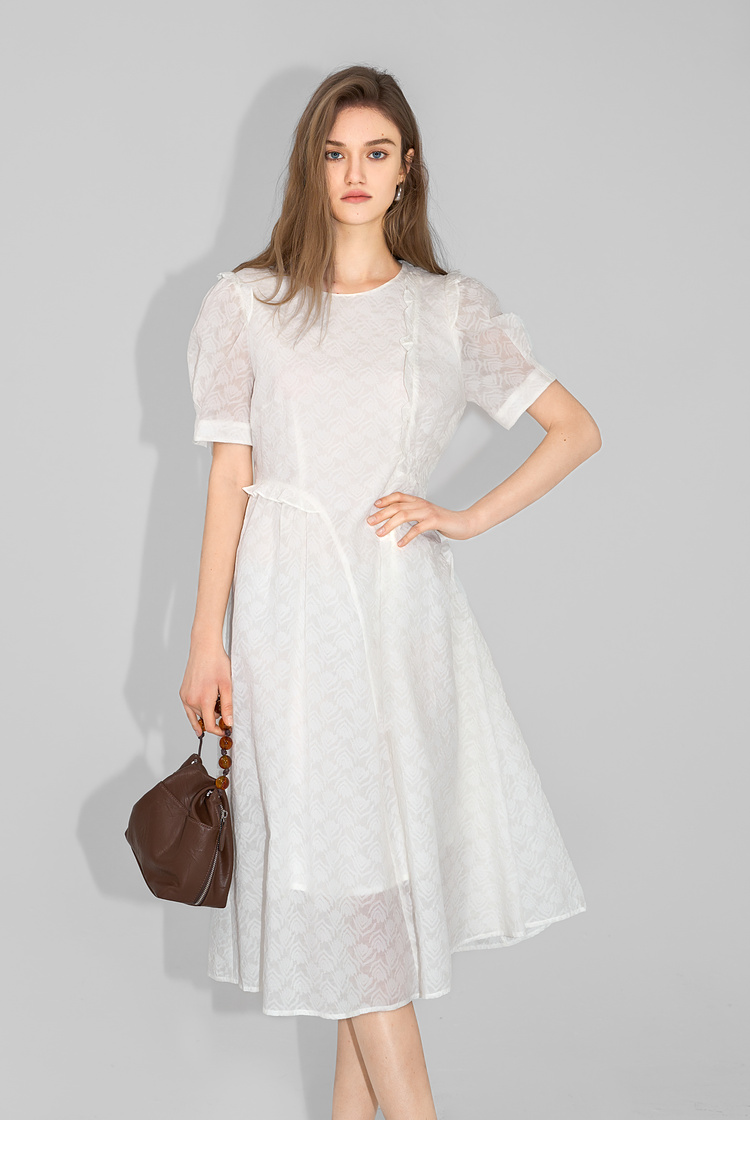
The article could have included tips on how to style a cheongsam for different occasions.
**24. Cheongsams in *Crazy Rich Asians* were fire! Media representation matters—this article should highlight pop culture’s role in its modern fame.**
The cheongsam’s intricate embroidery is breathtaking—I’d love to learn more about the symbolism behind the patterns.
The article mentions the cheongsam’s use of embroidery, but it doesn’t discuss the craftsmanship behind it.
I’m a fan of vintage fashion, and the cheongsam’s timeless appeal never fails to impress me.
I’m a college student in the U.S., and I recently wore a cheongsam to a cultural event. The dress garnered so many compliments, and it was a proud moment for me as an Asian-American.
The article could have included a section on how to care for and preserve a cheongsam to ensure its longevity.
The article beautifully captures the essence of the cheongsam dress history, but I wish it had delved deeper into its cultural significance beyond fashion.
The article could have included more about the cheongsam’s role in Chinese cinema and its influence on global fashion.
I’m a fashion designer, and the cheongsam’s blend of tradition and modernity is a constant source of inspiration for my work.
I love how the cheongsam combines elegance and sensuality. It’s a perfect blend of tradition and modernity.
The article could have included more about the cheongsam’s role in Chinese cinema and its influence on global fashion.
The article could have included more about the cheongsam’s role in modern Chinese fashion shows.
As a Chinese-American, I feel a deep emotional connection to the cheongsam. It’s not just a dress; it’s a symbol of my heritage and identity.
I’m glad to see the cheongsam being worn today. It’s a dress that has stood the test of time and continues to be a symbol of elegance and tradition.
I’m a fashion enthusiast, and the cheongsam’s blend of tradition and innovation is truly remarkable.
I’m a 50-year-old woman who grew up in Hong Kong. The cheongsam was a staple in my mother’s wardrobe, and seeing it evolve over the decades has been a joy.
I’m a bit concerned about the maintenance cost of a cheongsam, especially one with intricate embroidery. As someone who loves the dress, I hope to find affordable options that don’t compromise on quality.